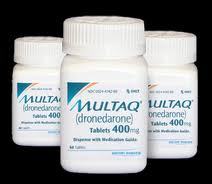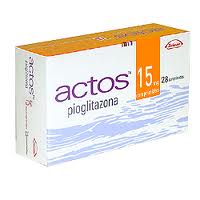As a Dallas Medical Malpractice attorney, and Texas medical doctor, I am providing this update regarding the medical malpractice cases in Miami VA hospital with improperly cleaned equipment.
A Miami U.S. Air Force vet who says he contracted hepatitis C from a colonoscopy done at the Miami VA hospital with improperly cleaned equipment will go to trial in Miami federal court. A Coral Gables veteran who filed the medical malpractice lawsuit, claims that an improper colonoscopy at the Miami Veterans’ Administration hospital gave him hepatitis C.
11,000 U.S. veterans received colonoscopies with improperly cleaned equipment at VA hospitals in Miami, Murfreesboro, Tenn., and Augusta, Ga., between 2004 and 2009. Of the veterans who had the procedure at the three facilities, five have tested positive for HIV, 25 for hepatitis C and eight for hepatitis B.
Robert Metzler, now 69, a U.S. Air Force veteran, says he got a colonoscopy at the Miami VA hospital in 2007 and two years later was told he has hepatitis C.
The lawsuits were filed after a 2009 investigation by the VA’s own Administrative Investigation Board revealed more than 11,000 colonoscopies were done at three VA hospitals using equipment that had been rinsed after each patient rather than being sterilized by steam and chemicals as called for by the manufacturer. Investigators who took apart water tubes on some of the equipment that was supposed to be clean and ready for use instead found “discolored liquid and debris.”
The AIB report said the colonoscopies in Miami were done in an environment of inadequate training, lack of supervision and inadequate communication.
U.S. Army veteran Juan Rivera of Miami sued for medical malpractice when he became HIV positive after a colonoscopy at the Miami VA hospital, that case settled out of court in March 2011.
In the Metzler case, court papers filed by the USA in April 2011 argue that the chances that the veteran contracted hepatitis C from the VA equipment are no more than “two in one trillion.” Hepatitis C can’t survive outside a human host for more than four days, the documents say, and “substantially more than four days had passed” between any previous patient with Hepatitis C who had a colonoscopy and the one performed on Metzler.
Metzler’s case is based on the claim that he had a blood test in August 2006 at the VA, with no sign of hepatitis C. His colonoscopy was in June 2007 and he was notified in March 2009 that he needed to come in to the VA for testing because the endoscope used in the procedure may have been contaminated, accodring to his lawyer. A month later, he was told he was positive for hepatitis C.
 Dallas Fort Worth Injury Lawyer Blog
Dallas Fort Worth Injury Lawyer Blog











